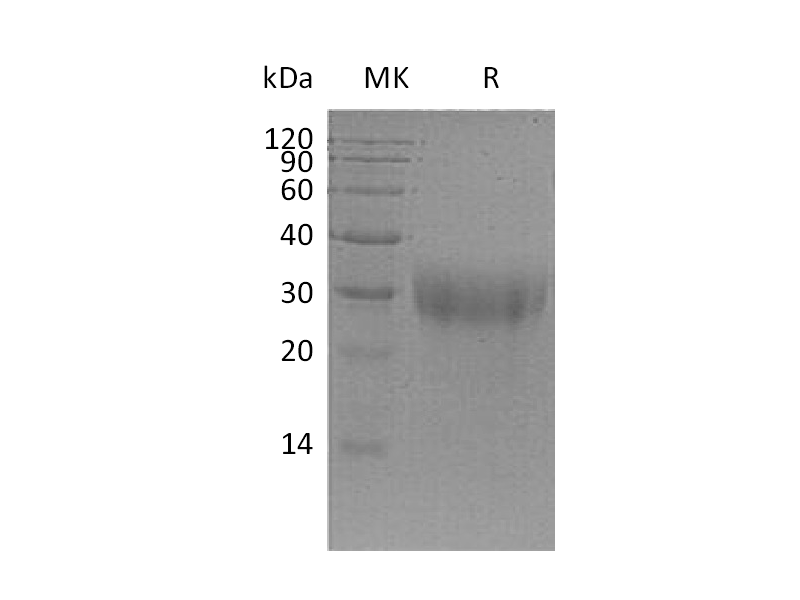Vascular Endothelial Growth Factors (VEGFs)

The vascular endothelial growth factor (VEGF) family comprises five secreted homodimeric glycoproteins—VEGF-A, VEGF-B, VEGF-C, VEGF-D and placental growth factor (PlGF)—that selectively bind to VEGFR-1, -2, -3 and the co-receptors neuropilin-1/2, thereby orchestrating angiogenesis, lymphangiogenesis and vascular permeability. VEGF-A is the principal driver of endothelial proliferation, migration and tube formation under hypoxia, growth-factor or oncogenic stimulation. VEGF-B acts predominantly in tumors that do not undergo active neovascularization; VEGF-C and -D preferentially activate VEGFR-3 to promote lymphatic endothelial survival and expansion; VEGF-E is a potent angiogenic factor; and PlGF cooperates with VEGF-A to enhance pathological vessel permeability and inflammatory cell recruitment. Collectively, VEGF signaling is essential for embryonic vasculogenesis, post-natal tissue repair and tumor microenvironment construction, and constitutes the primary target of anti-angiogenic therapies.
Product List
| Target | Catalog# | Product Name | Reactivity | Predicted MW |
|---|---|---|---|---|
PLGF (C-6His) | PHM1319 | Recombinant Mouse PLGF (C-6His) | Mouse | 16.9 kDa |
PLGF-2 (C-6His) | PHH2178 | Recombinant Human PLGF-2 (C-6His) | Human | 18.2 kDa |
Validation Data
Recombinant Mouse PLGF (C-6His) (Catalog: PHM1319) Recombinant Human PLGF-2 (C-6His) (Catalog: PHH2178)


Related Products
Super-sensitive ECL chemiluminescent reagent
References
1. The vascular endothelial growth factor (VEGF) family: angiogenic factors in health and disease. Ferrara N, et al. Trends Cell Biol. 2003. [PMID: 15693956]
2. The biology of VEGF and its receptors. Ferrara N, et al. Nat Med. 2003. [PMID: 12778165]
3. VEGF receptor signalling—in control of vascular function. Olsson A-K, et al. Nat Rev Mol Cell Biol. 2006. [PMID: 16633338]
